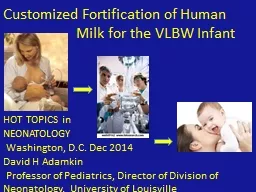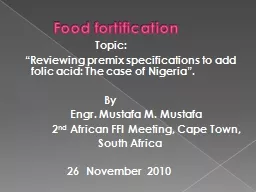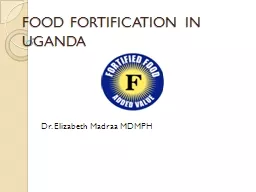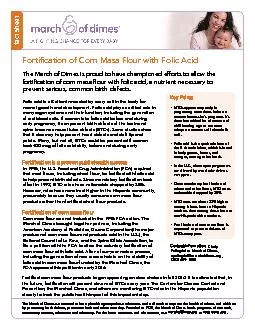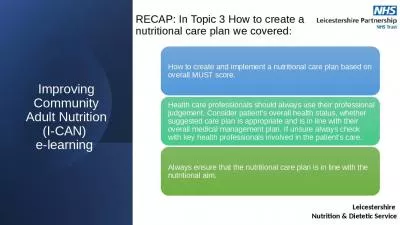PPT-Customized Fortification of Human Milk for
Author : pasty-toler | Published Date : 2017-10-08
HOT TOPICS in NEONATOLOGY Washington DC Dec 2014 David H Adamkin Professor of Pediatrics Director of Division of Neonatology University of Louisville
Presentation Embed Code
Download Presentation
Download Presentation The PPT/PDF document "Customized Fortification of Human ..." is the property of its rightful owner. Permission is granted to download and print the materials on this website for personal, non-commercial use only, and to display it on your personal computer provided you do not modify the materials and that you retain all copyright notices contained in the materials. By downloading content from our website, you accept the terms of this agreement.
Customized Fortification of Human Milk for: Transcript
Download Rules Of Document
"Customized Fortification of Human Milk for"The content belongs to its owner. You may download and print it for personal use, without modification, and keep all copyright notices. By downloading, you agree to these terms.
Related Documents

